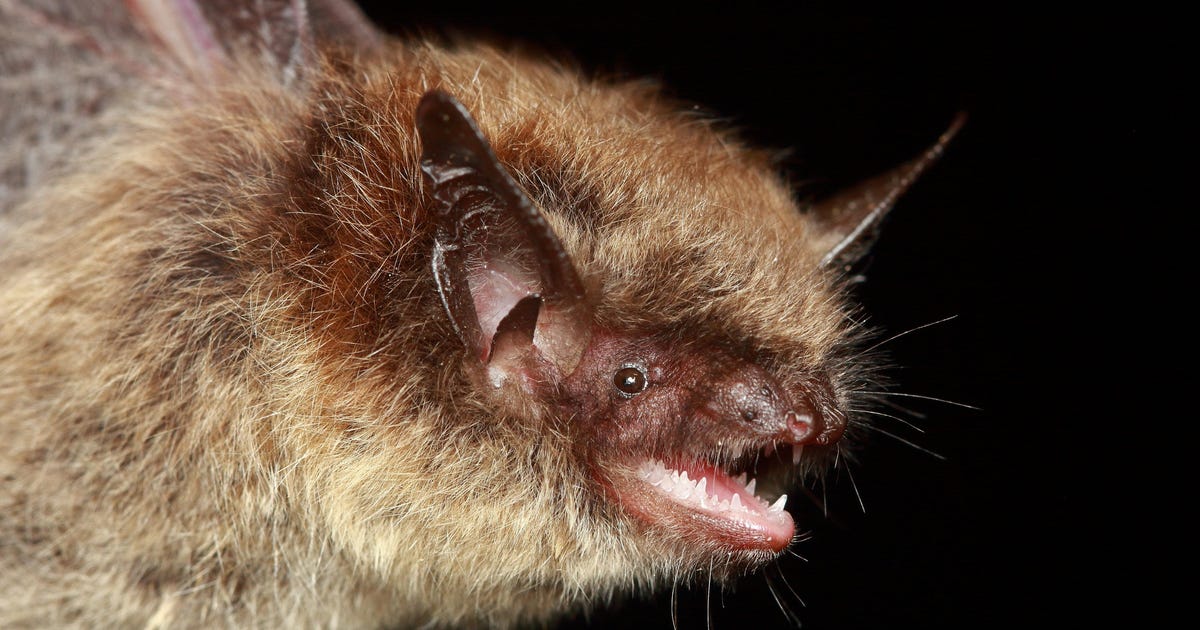### Tel Aviv University Study Reveals Bats Navigate Using Echolocation, Even Blindfolded

Tel Aviv, Israel - A groundbreaking study by researchers at Tel Aviv University has debunked the longstanding myth that bats rely solely on vision for long-distance navigation, showing instead that they can use echolocation to navigate their way home even when blindfolded.
The research, led by Aya Goldshtein, Lee Harten, and Professor Yossi Yovel, was recently published in the journal Science. Their experiments focused on the Kuhl’s pipistrelle, a small insectivorous bat with an average wingspan of about 25 centimeters. These microbats, despite their size, demonstrated an impressive ability to return to their roost from a distance of 3 kilometers, without any visual cues.
To conduct the study, wild Kuhl’s pipistrelles were captured at their roost, transported in a dark container to a new location, and then blindfolded with felt. "The bats can't remove the blindfold in flight, but they can do so once they land," explained Prof. Yovel. The bats were also equipped with tiny trackers and magnets to disable any potential geomagnetic navigation.
Echolocation as a Map-Making Tool
The findings suggest that these bats construct and utilize 'acoustic cognitive maps' of their environment. "This is the first time we've shown that bats can navigate using only echolocation over long distances," said Yovel. The study indicates that while sight aids in navigation, as seen in previous research with Egyptian fruit bats, echolocation can serve as a robust alternative or complement.
Challenges and Observations
Despite the success of the experiment, not all bats returned home; about 95% made it back, with the fate of the others remaining unknown. Yovel speculated that some might have chosen new roosts or faced other challenges. The blindfolded bats took longer to return compared to those with unimpeded vision, indicating that while echolocation is effective, it might not be as efficient as visual navigation.
Implications and Future Research
This research opens new avenues for understanding animal navigation and sensory processing. "Many animals can 'home', but how they do it remains largely a mystery," Yovel noted, emphasizing the unique capabilities of bats in this context. The study not only enhances our understanding of bat behavior but also has implications for robotics and sensory substitution in technology.
The Tel Aviv University team's work underscores the sophistication of echolocation, challenging previous assumptions about its limitations to short-range hunting and local navigation. As for the bats themselves, once back at their roost, they promptly removed their blindfolds, suggesting an immediate return to normal behavior and perhaps relief from the ordeal.
This study not only sheds light on the fascinating world of bat navigation but also prompts further exploration into how other animals might use similar or different strategies to navigate their environments.
